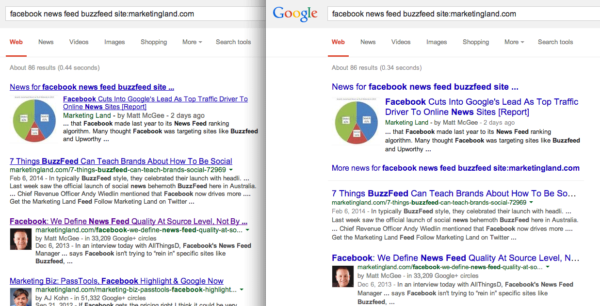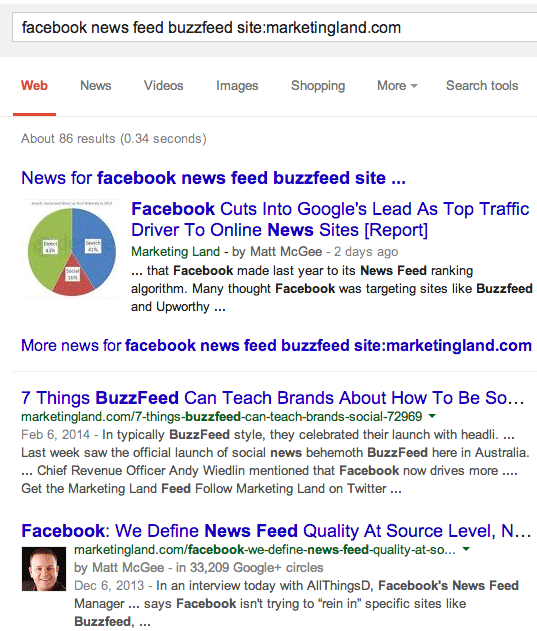Google head of search spam Matt Cutts released a pretty detailed video discussing the Google webspam team’s criteria for determining whether a link is considered a paid link or not.
There are five basic criteria Google uses in this determination. The first is the most obvious, is the link an explicit link for sale; then, the others are less obvious. The others include: how close is the value to money, is it a gift or a loan, what is the intent of the audience and is it a surprise or not.
Explicit Link Sales
Links that are explicitly sold for money are the most obvious. A webmaster sells a link to another webmaster in exchange for a certain dollar payment. That is clearly a paid link, and Matt Cutts said that is the most common paid link example, by far.
Close To The Value Of Money
The next determination Google uses is to see how close is the value to money. For example, a gift card is pretty close to money in that it can be often exchanged for a dollar value. But if you give someone a free pen that is valued at $1, the chances are that the value of that $1 pen won’t influence the user. However, a free beer or free trial to software is less value to users than a $600 gift card.
Gift Vs. Loan
If you give someone a laptop versus loaning them a laptop or gift someone a car versus loaning them a car, those are huge distinctions. Often, companies will loan a tech reviewer a device or car or something in order for them to properly review the item. But if you give them the item forever and not ask them to return it, that is closer to a paid link then a loan.
Intent Of Audience
When conferences give away stuff, the intent of the audience is often not to link to the conference as a thank you. For example, when you go to a SalesForce conference and get a free trial of the software, that is often not in exchange for a link. In addition, when Google gives away a free Nexus 7, the intent is not about links but about developers working on apps for the device. But if you give away laptops at events and expect bloggers to link to you in exchange, that is a bad intent.
Surprise Or Not
The final criteria is would the reporter or blogger be surprised? For example, if you are a movie blogger and you are given free access to a movie to review, that would not surprise the blogger. But if you are given a free car or laptop in exchange for writing about it, that would be a surprise.
Matt Cutts also recommends you review the FTC online ads guidelines.
Here is the video:





